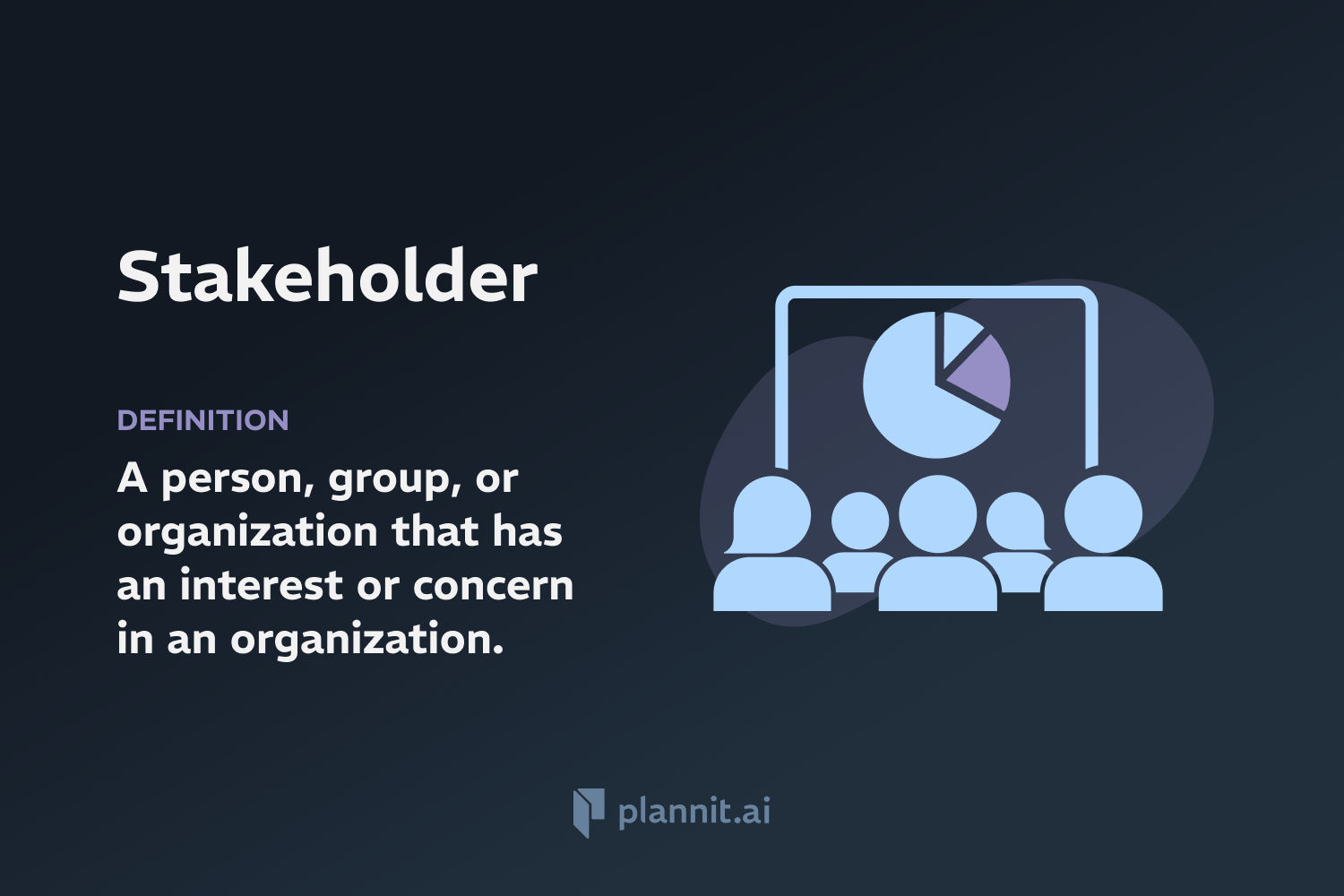Need Help With Your Business Plan?
Answer tailored questions and get a detailed business plan in minutes.
Patent: Definition & In-Depth Explanation
Definition:
A Patent is a form of intellectual property that gives its owner the legal right to exclude others from making, using, or selling an invention for a limited period of years in exchange for publishing an enabling public disclosure of the invention. Patents are granted by national governments and can vary widely in the scope of protection they provide.
Context of Use:
Patents are used by inventors, companies, and researchers as a way to protect their inventions and innovations in fields such as technology, medicine, and engineering. They are crucial for encouraging innovation by providing inventors exclusive rights as a reward for their creativity and hard work.
Purpose:
The primary purpose of a patent is to provide inventors exclusive rights to their inventions, allowing them to profit from their work without competition. This exclusivity is intended to encourage the investment of time and resources into the development of new and useful discoveries.
Example:
Pharmaceuticals: Drug companies often patent new medications, which protects their investment in drug development by allowing them to be the sole manufacturer of the drug for the duration of the patent.
Related Terms:
Intellectual Property (IP): A category of property that includes intangible creations of the human intellect, such as inventions, literary and artistic works, designs, symbols, names, and images used in commerce.
Trademark: A symbol, word, or words legally registered or established by use as representing a company or product.
Copyright: The exclusive legal right, given to an originator or an assignee to print, publish, perform, film, or record literary, artistic, or musical material, and to authorize others to do the same.
FAQs:
1. How do you obtain a patent?
A: To obtain a patent, an inventor must file a patent application with the relevant government authority, which typically requires detailed descriptions and claims about the invention that demonstrate its novelty, non-obviousness, and utility.
2. What are the different types of patents?
A: There are generally three types of patents: utility patents (for new and useful processes, machines, materials, or compositions of matter), design patents (for new and original ornamental designs for articles of manufacture), and plant patents (for new and distinct plant varieties).
3. How long does a patent last?
A: The term of a new patent is typically 20 years from the date on which the application for the patent was filed in the United States or, in special cases, from the date an earlier related application was filed, subject to the payment of maintenance fees.
4. What is required for an invention to be patentable?
A: For an invention to be patentable, it must be new, not obvious (it must not be something that comes naturally to someone skilled in the specific field), and it must be useful (have a practical application).
5. Can a patent be sold or licensed?
A: Yes, the rights granted by a patent can be licensed to third parties, or the patent can be sold outright, transferring all rights to the buyer.
Get funding with a business plan that will impress investors.
Starting a New Business?



